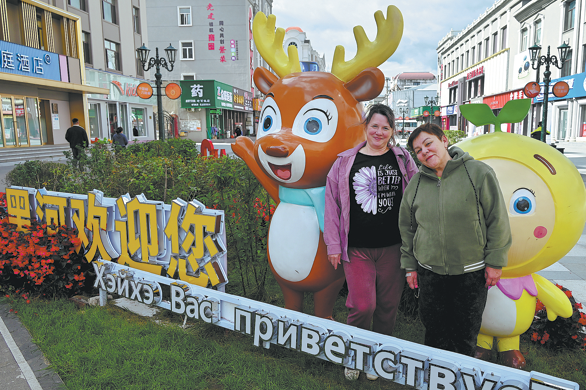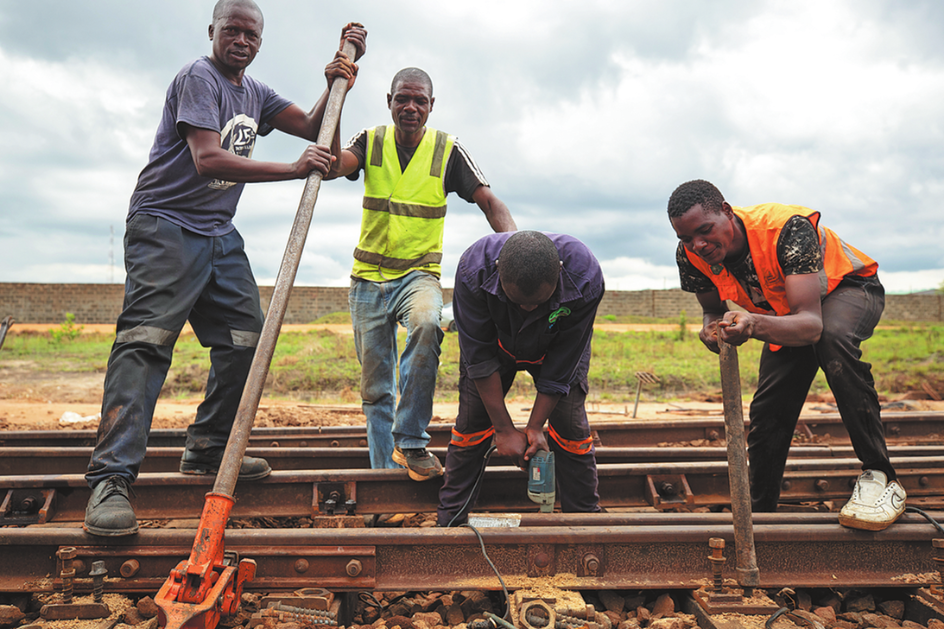Fold it, hold it
By Li Yingxue | CHINA DAILY | Updated: 2023-07-20 07:54

"If we continue this research, we can create even more realistic sensations with different textures," he adds.
The biggest creative idea in the team's research is the "paper folding". However, the greatest challenge lies in figuring out the best way to fold the materials — they need to achieve both perfect active touch sensations and fit within limited space.
Zhang explains that the team has conducted extensive calculations and experiments to determine the appropriate materials and angles for folding.
It's surprising that these devices don't need expensive or hard-to-find parts. The plastic sheets in the hand device and the steel plates in the foot mat are easily purchased online and can be replaced with flexible materials, Zhang says.
In the final part of the study, the research team wanted to make sure their findings were accurate. They did this by asking people how they felt and by measuring their muscle activity and heart rate.
The graph shows the highest point where the participants' heart rates increased rapidly when they stepped on the virtual ice and it broke. This sudden collapse made them feel scared, as if they were actually falling, Zhang explains.
Even though the devices are designed with fixed shapes, and the origami-inspired basic structure remains the same, the hardware devices can be made bigger or smaller, which means that once they find the right uses for these devices, they could quickly start customizing them.
According to Zhang, their research not only provides a fresh approach and experience for interactive virtual reality but also, holds promise for broadening the applications of VR technology in various fields, such as entertainment, remote operations, medical diagnosis, rehabilitation robotics and treatment for fear of heights.
























